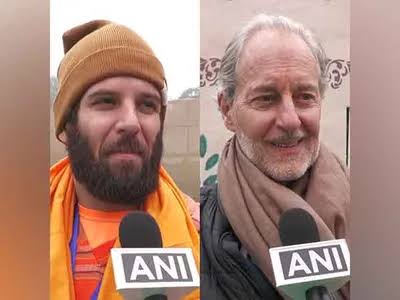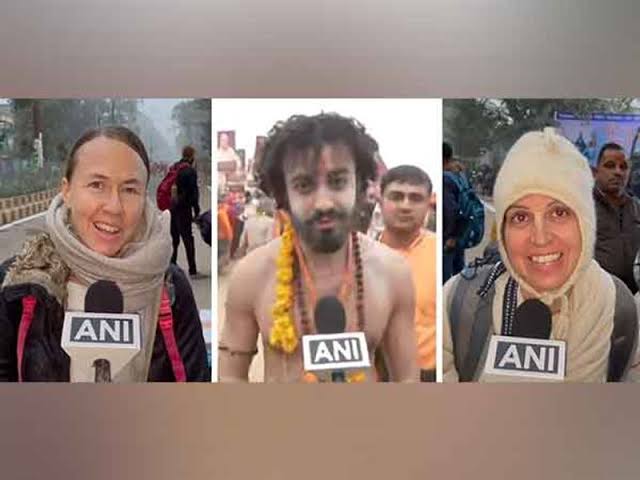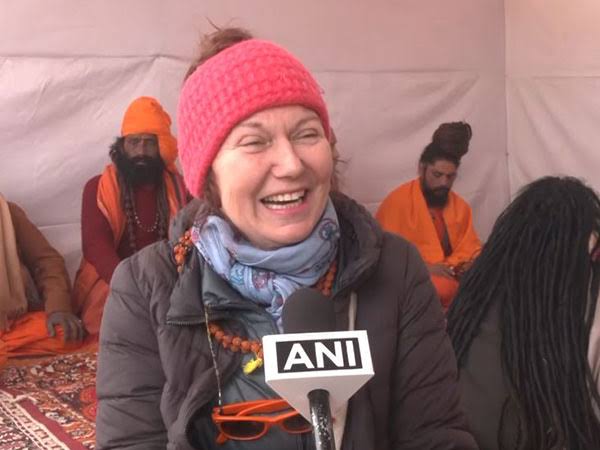Back
Dr Sarun George Sunny
The Way I See It • 1y
Unlocking India’s Tourism Potential: What’s Holding Us Back? In early 2024, India attracted 48 lakh foreign tourists, while Hong Kong—2,000 times smaller—welcomed three times more. This disparity is baffling, as India ranks 7th among the world’s most beautiful countries, and Hong Kong isn’t even in the top 50. Despite having 43 world heritage sites, India lags behind Indonesia, UAE, and Hong Kong, which have only 13 combined. The problem isn’t just safety or healthcare—India has a branding issue. While media often exaggerates India’s challenges, foreign tourists miss its true charm because our PR machinery isn’t strong enough. India’s destinations lack a strong brand identity. Think of Paris, immediately associated with romance. Except for the Taj Mahal, no Indian monument or city has achieved this level of recognition. Unlike Dubai’s skyscrapers, India’s natural beauty and ecosystems are its true treasures—irreplaceable assets that no wealth can replicate. Why the “Whole India” Approach Fails Modern tourists seek unique experiences. Bali is renowned for its Hindu temples, Thailand for beaches, and the Maldives for luxury resorts. India has equivalents of all these: • Udaipur for historic temples • Goa for exotic beaches and nightlife • Lakshadweep and Andaman Islands for luxury resorts • Kerala for backwaters However, India has failed to promote these as distinct experiences. Stories like the Ramayana and Mahabharata remain under-utilized in tourism. In contrast, Thailand effectively markets its cultural festivals, such as Songkran, attracting global interest. Unlocking India’s Tourism with 3 Key Areas 1. Medical Tourism India already attracts 2 million foreigners annually for medical treatments, generating $6 billion. The government’s “Heal in India” campaign aims to boost this by offering high-quality procedures at a fraction of Western prices, making it a growing global hub for affordable healthcare. 2. MICE Tourism Meetings, incentives, conferences, and exhibitions (MICE) tourism is a $1.6 trillion industry, but India holds just 1% of this market. MICE travelers spend four times more than regular tourists, and almost 40% extend their stay. India must better promote itself as a MICE destination, like Dubai with its expos and conferences. 3. Spiritual Tourism India has over 450,000 religious sites and a rich spiritual culture. As more global travelers seek transformative experiences, promoting lesser-known pilgrimage sites and retreats could boost tourism, especially given the West’s fascination with India’s spiritual heritage. India has the cultural richness, natural beauty, and unique experiences that should make it a global tourism giant. With stronger branding and smarter marketing, India can rise to its full potential. The time to elevate India’s global tourism image is now.
Replies (4)
More like this
Recommendations from Medial
Rohan Saha
Founder - Burn Inves... • 7m
Govt Experts Review Rising COVID Cases in Singapore & Hong Kong A high-level review meeting was recently held, bringing together experts from key institutions including the NCDC, ICMR, Disaster Management Cell, Emergency Medical Relief, and major go
See MoreSanskar
Keen Learner and Exp... • 1y
Japan is the world's 3rd most popular tourist destination and yet they are banning tourists - Why? Since past year Japan has witnessed a record number of tourists (travellers are mostly coming from Australia, Taiwan, South Korea and Hong kong) and t
See MoreDownload the medial app to read full posts, comements and news.








































